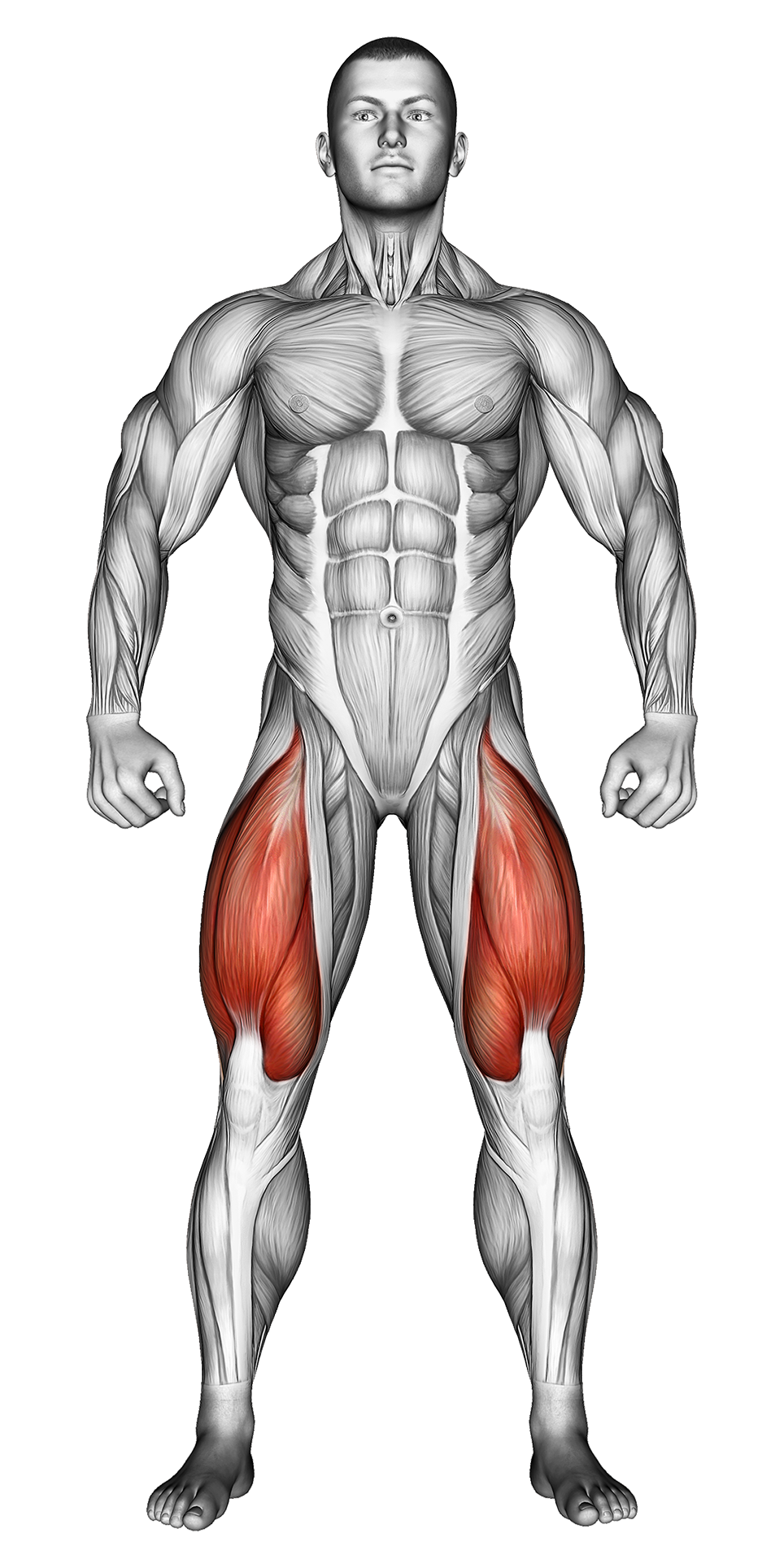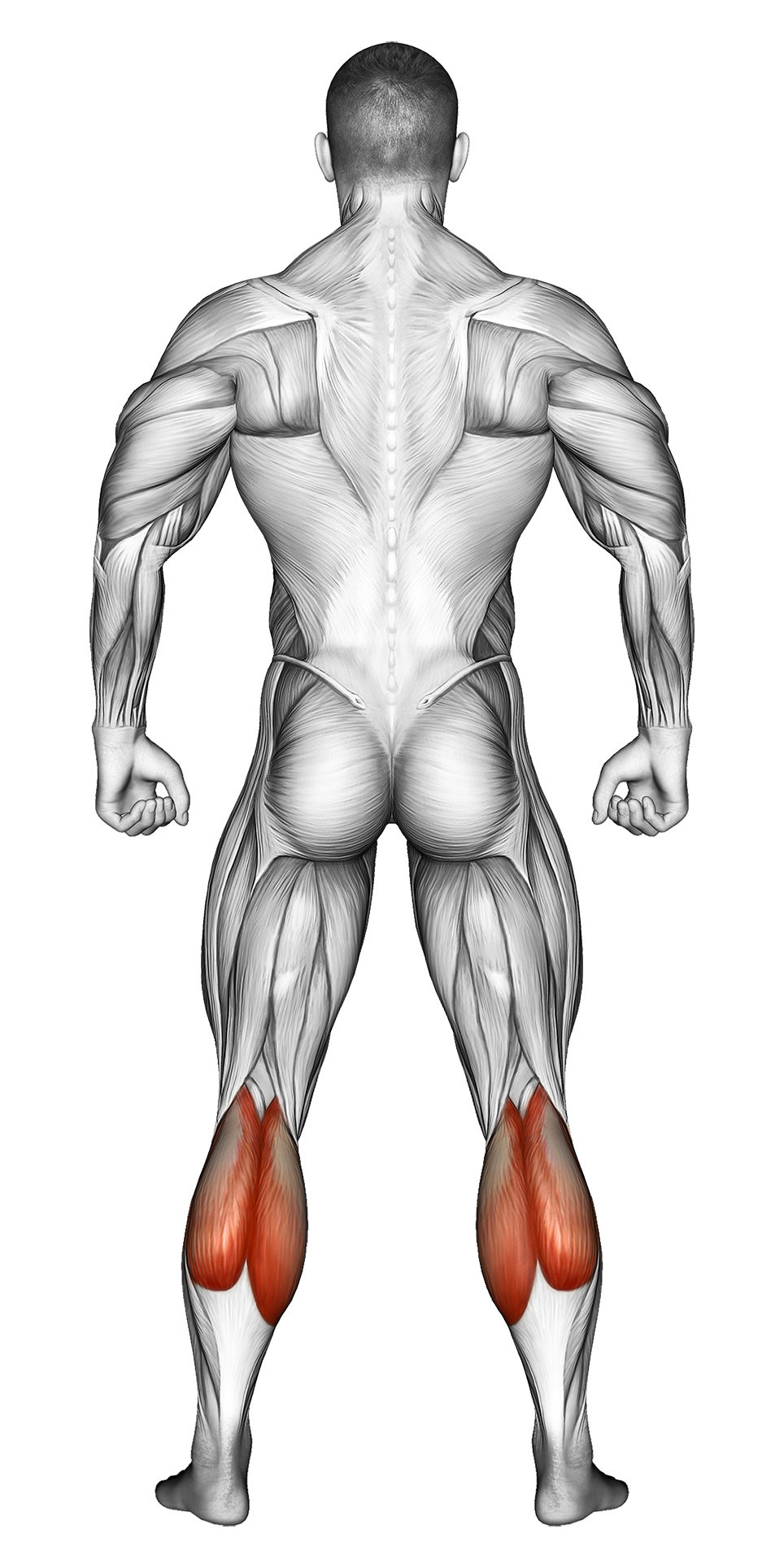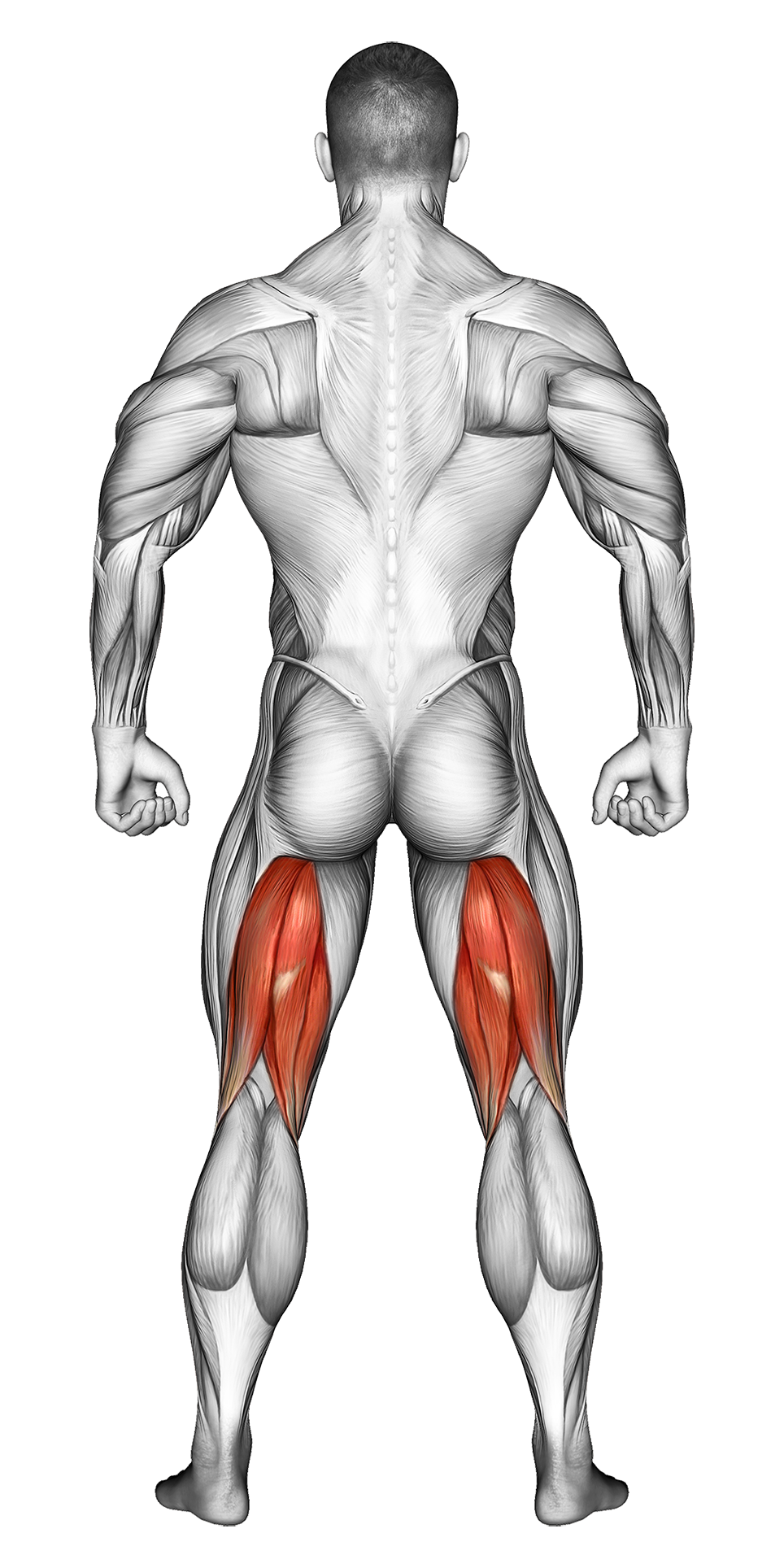Dumbbell Split Squat: Video Tutorial & Exercise Guide

Written By: Ether Brown
Updated: Oct 13, 2024
| Workout | Dumbbell Split Squat |
| Primary Muscle Group | Quads |
| Secondary Muscle Group | Calves, Hamstrings Glutes |
| Equipment Required | Dumbbell |
| Force Type | Push |
| Mechanics | Compound |
| Exercise Type | Strength |
| Difficulty | Intermediate |
Dumbbell Split Squat: Video Tutorial & Exercise Guide
- 1.Dumbbell Split Squat: Muscle Groups
- -1.1Primary Muscle Group
- -1.2Secondary Muscle Group
- 2.Dumbbell Split Squat: Step-by-Step Guide
- 3.Dumbbell Split Squat: Overview
- 4.Dumbbell Split Squat: Benefits
- 5.Dumbbell Split Squat: Pro Tips & Advanced Techniques
- 6.Dumbbell Split Squat: Progression Plan
- 7.Dumbbell Split Squat: Frequently Asked Questions (FAQs)
Secondary Muscles Group
Dumbbell Split Squat: Step-by-Step Guide
- Step 1: Stand tall with a dumbbell in each hand, arms by your sides, and feet hip-width apart. Step one leg back and lower into a split stance, ensuring your feet are about two to three feet apart.
- Step 2: Keep your torso upright and core engaged as you bend both knees to lower your back knee toward the ground. Your front thigh should be parallel to the floor, and your back knee should hover just above the ground.
- Step 3: Push through the heel of your front foot to stand back up, straightening both legs while keeping your balance and stability.
- Step 4: Complete all reps on one side before switching to the other leg. Maintain control of the dumbbells and avoid leaning forward or arching your back.
- Step 5: Repeat the movement for the desired number of reps on each leg, ensuring proper form and alignment throughout the exercise.
Dumbbell Split Squat: Overview
The Dumbbell Split Squat is a unilateral lower-body exercise that targets the quads, glutes, hamstrings, and calves. It’s a great movement for building strength, balance, and stability in your legs, and can help correct muscle imbalances by working each leg individually.
This exercise also engages your core and improves coordination as you balance on one leg while holding weights. The split squat can be performed with or without weights, making it suitable for all fitness levels.
Dumbbell Split Squat: Benefits
The Dumbbell Split Squat helps to strengthen the lower body, focusing on the quads, glutes, and hamstrings. By isolating one leg at a time, it improves balance and helps correct muscle imbalances, which are common in bilateral exercises like squats or deadlifts.
Additionally, this exercise engages the core for stability and supports better posture by keeping the torso upright. It’s also useful for building functional strength and improving overall athletic performance.
Dumbbell Split Squat: Pro Tips & Advanced Techniques
Keep your torso upright throughout the movement to avoid leaning forward. Focus on pushing through the heel of your front foot to engage your glutes and quads. If you’re new to the movement, start with bodyweight or lighter dumbbells to master the form. Want a challenge? Increase the weight or elevate your back foot on a bench to perform a Bulgarian split squat, which increases the intensity and engagement of the glutes.
Dumbbell Split Squat: Progression Plan
Beginner
Intermediate
Advanced
Dumbbell Split Squat: Frequently Asked Questions (FAQs)
What muscles do Dumbbell Split Squats target?
+Dumbbell Split Squats primarily target the quads, glutes, hamstrings, and calves, while also engaging the core for balance and stability.
How can I make Dumbbell Split Squats easier?
+If you're new to this exercise, start with bodyweight split squats or use lighter dumbbells to focus on balance and form. You can also reduce the range of motion by not lowering as deeply.
How do I increase the difficulty of Dumbbell Split Squats?
+To increase the difficulty, use heavier dumbbells or elevate your back foot on a bench to perform Bulgarian split squats. This increases the engagement of your glutes and quads and requires greater stability.
How often should I do Dumbbell Split Squats?
+Incorporate Dumbbell Split Squats 1-2 times per week as part of your lower-body or leg workout routine. They pair well with bilateral exercises like squats or deadlifts for a balanced lower-body workout.
What common mistakes should I avoid?
+Avoid leaning too far forward or allowing your front knee to extend past your toes. Focus on maintaining an upright torso and controlling the movement throughout the exercise.
Share
Don’t Wish for It, Work for It – Join the FlexXP Newsletter Today!
Thank you for signing up for the FlexXP Newsletter!
This site is protected and the Google Privacy Policy and Terms of Service apply.



